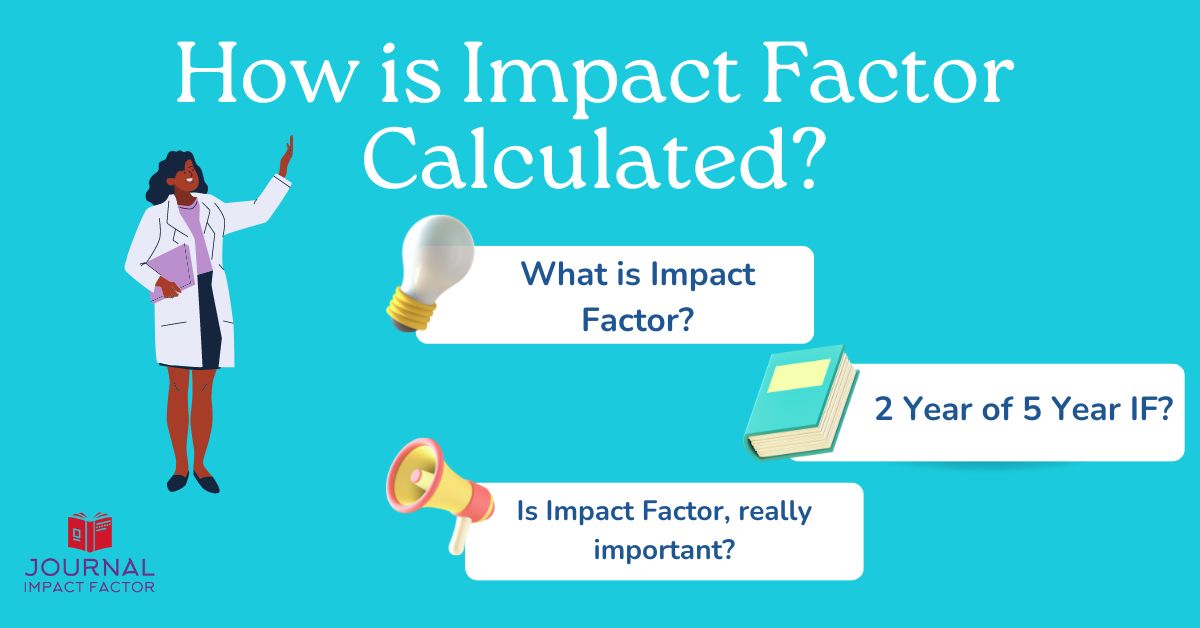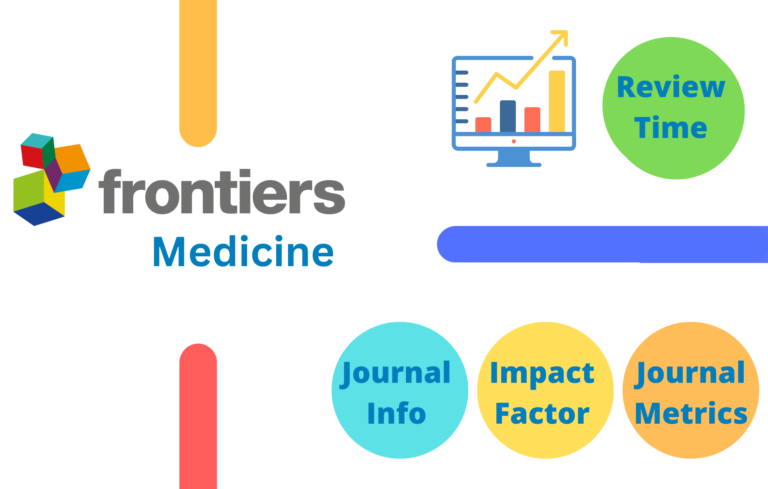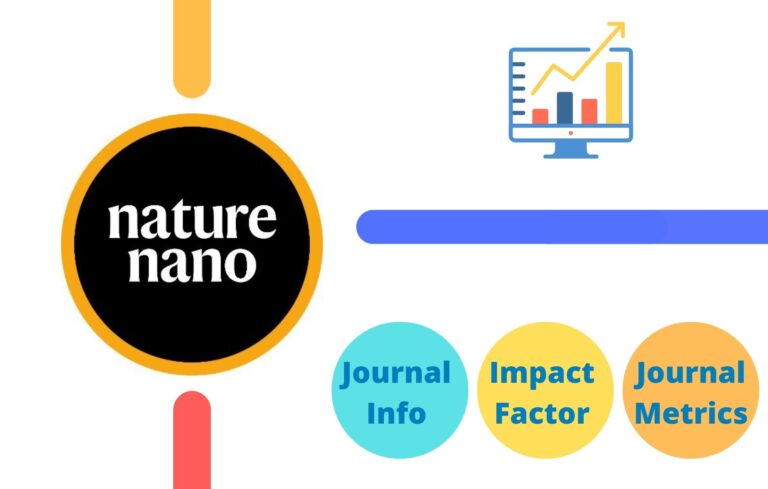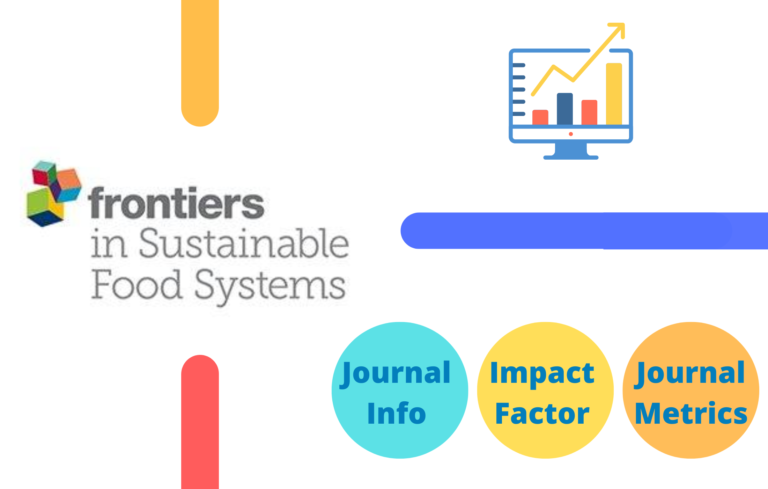In this post, I will share information on how to calculate impact factor using different methods.
The impact factor (IF) is a metric used to measure the relative importance of a journal within its field. It is calculated by dividing the number of citations received by articles published in the journal over a two-year period by the total number of articles published in the journal during that same period.
The formula for calculating the IF is:
IF = (Citations in Year 2 + Citations in Year 1) / (Number of articles in Year 2 + Number of articles in Year 1)
Where:
Citations in Year 2 = the number of citations received by articles published in the journal during the second year.
Citations in Year 1 = the number of citations received by articles published in the journal during the first year.
Number of articles in Year 2 = the number of articles published in the journal during the second year.
Number of articles in Year 1 = the number of articles published in the journal during the first year.
It’s important to note that the IF is based on a narrow set of data. Only the number of citations received by articles published in the journal over a two-year period.
It does not take into account other factors that may impact the quality and importance of a journal or its articles, such as the peer-review process, the reputation of the editorial board, or the relevance of the journal to the field.
Methods of Calculating Impact Factor
There are several methods for calculating the impact factor (IF) of a journal, which vary in terms of the data sources used and the calculation methods. Some of the most widely used methods include:
- Journal Citation Reports (JCR) method: Developed by Clarivate Analytics (formerly part of Thomson Reuters), JCR is one of the most widely used databases for journal metrics. The IF is calculated using the formula I described earlier and it is based on data from the Web of Science database.
- Scopus method: Developed by Elsevier, Scopus is a large database of scholarly literature that includes journal metrics. The IF is calculated using a slightly different formula, which takes into account the number of articles and reviews published in the journal, as well as the number of citations received.
- Google Scholar method: Developed by Google, Google Scholar is a search engine for scholarly literature. The IF is calculated using data from Google Scholar and it is based on the number of citations received by articles published in the journal over a five-year period.
- Publish or Perish method: Publish or Perish is a free software tool that uses data from Google Scholar to calculate journal metrics, including the IF. It uses the same formula as Google Scholar but it is based on data from Google Scholar.
It’s worth noting that different methods may use different data sources, algorithms, and calculation methods, and the results may vary slightly.
Therefore, it’s important to use multiple methods to get a more comprehensive view to find out reputable high impact factor journals.
Additionally, it’s important to keep in mind that the IF should not be used as the sole indicator of a journal or article’s quality or importance, other metrics and factors should be taken into account to make a comprehensive evaluation.
How to calculate personal impact factor?
The personal impact factor (PIF) is a metric used to measure the relative importance of an individual researcher within their field, similar to the way the impact factor (IF) measures the relative importance of a journal.
However, unlike the IF, the PIF is not a widely accepted or standardized metric and there are different methods for calculating it.
One method for calculating the PIF is to use the h-index, which is a metric that measures both the productivity and impact of an author. The h-index is defined as the number of papers that have been cited at least h times. For example, an h-index of 10 means that an author has published 10 papers that have each been cited at least 10 times.
Another method to calculate the PIF is to use the total number of citations an author has received divided by the total number of articles published by an author. This method is similar to the IF calculation.
It’s important to keep in mind that the PIF is not a widely accepted or standardized metric, and it is not used by most funding agencies or universities. It also has its own limitations, such as self-citations, which can artificially inflate the PIF.
Additionally, the PIF is only a measure of the number of citations an author has received, it does not indicate the quality or impact of an individual paper or the relevance of the author’s research to the field.
It is recommended to use multiple metrics, such as h-index, number of papers, number of citations, and other metrics that are relevant to the field of research, to evaluate the performance and impact of an individual researcher.






